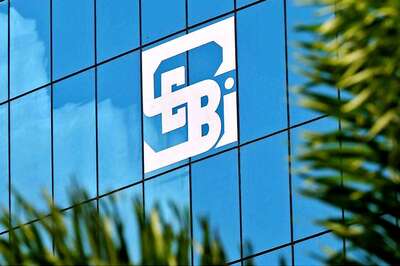
views
Washington: Scientists using DNA testing have confirmed the second-known instance of "virgin birth" in a shark — a female Atlantic blacktip shark named Tidbit that produced a baby without a male shark.
The shark came to the Virginia Aquarium & Marine Science Center in Virginia Beach not long after being born in the wild and lived there for eight years with no males of the same species, said Beth Firchau, the aquarium's curator of fishes.
The 5-foot shark died after being removed from the tank for a veterinary examination, and a subsequent necropsy revealed that Tidbit was carrying a fully developed shark pup nearly ready to be born, Firchau said.
Demian Chapman, a shark scientist with the Institute for Ocean Conservation Science at Stony Brook University in New York state, performed DNA testing that showed the pup had no father. Virgin birth such as this is known as parthenogenesis.
A year ago, Chapman used genetic testing to confirm that a hammerhead shark at a zoo in Omaha gave birth to a pup in 2002, also after parthenogenesis.
"It tells us that the original case we documented last year was not some fluke of nature. This is something that might be more common than we think it is, and widespread among sharks," Chapman said in a telephone interview.
PAGE_BREAK
Parthenogenesis also has been documented in Komodo dragons, snakes, birds, fish and amphibians, Chapman said.
It occurs when a baby is conceived without male sperm fertilizing the female's eggs. In the type of parthenogenesis seen in sharks, the mother's chromosomes split during egg development.
How the sharks do it is unclear. Chapman said they may use a hormone to trigger eggs to develop in this manner in the absence of males. Or perhaps if eggs remain unfertilized with no males around, a certain fraction develop into embryos.
"It's a finding that kind of rewrites the textbooks a little," Chapman said. "It just goes to show how the ocean keeps its secrets very well. And the sharks in particular."
"Of course, sharks are being killed at such a rate that unless we do something to stop that, we're not even going to learn all their secrets before they're gone," Chapman added.
The findings appear in the Journal of Fish Biology.




















Comments
0 comment